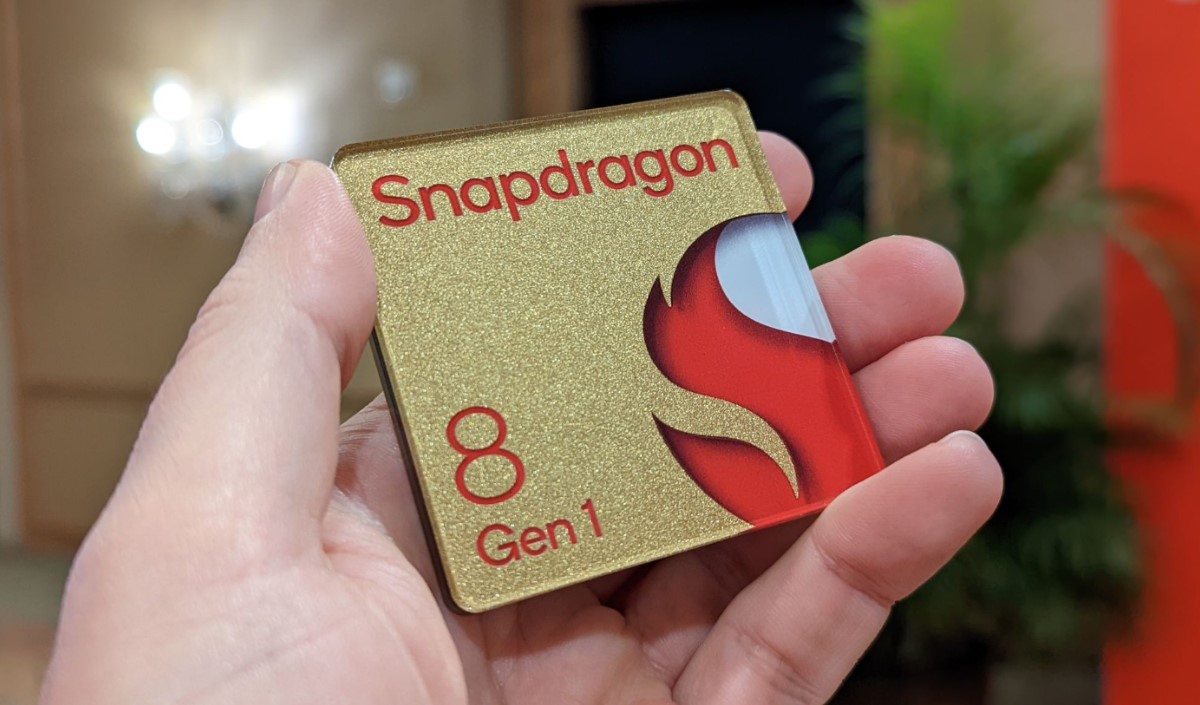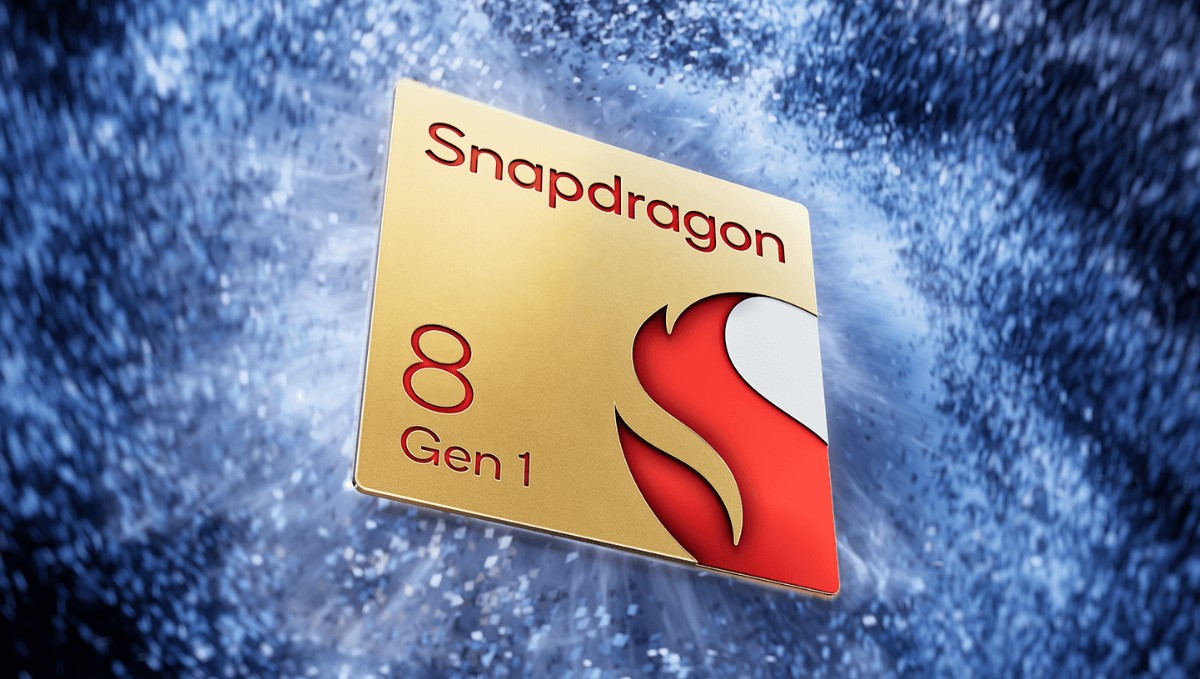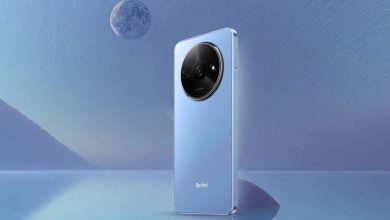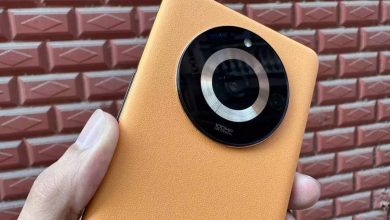Performance lovers have been very let down by this year’s top flagship smartphones, and with good reason. High-end 2022 or 2023 smartphones running on premium Samsung. And Qualcomm technology overheats, leading to issues including excessively heated devices, slow down, and subpar sustained gaming performance. The impacted chipsets were produced on the 4nm node by Samsung Semiconductor, which is the common denominator.
Samsung’s 4nm node served as the foundation for Qualcomm’s Snapdragon 8 Gen 1 Phones 2023, whereas TSMC’s 4nm competitor is used for the Snapdragon 8 Plus Gen 1 update. Although mid-year chip upgrades are increasingly commonplace, switching manufacturers is in the middle of a cycle. It is a first and suggests Qualcomm wasn’t happy with the quality of its Android chip.

We are positive that we haven’t. The majority of Snapdragon 8 Gen 1 devices have submitted benchmark results that are similar to those of the Snapdragon 888 from a year ago. They have generally had issues with excessive heat and maintained performance under more demanding testing.
Considering Snapdragon 8 Plus Gen 1 smartphones are now available, they have 10% faster clock speeds and up to 30% more efficient processing. We had the chance to test a few of them in order to make some judgments regarding the condition of 4nm manufacturing. Let’s jump forward into some charts to show the main variations.
Benchmarks for the Snapdragon 8 Gen 1 Phones 2023
The Asus Zenfone 9 and the ROG Phone 6, which is geared toward gamers, gave us our first taste of such Snapdragon 8 Plus Gen 1’s enhanced performance. Both performed better than the Snapdragon 8 Gen 1 mobile devices we tested earlier this year. Benchmark results for the Plus variant are far more in line with what we originally anticipated from the 8 Gen 1’s introduction last year. The Smartphone 6 finally provided a sustained gaming experience that customers would anticipate from a top-tier CPU thanks to its improved cooling.
However, as with the initial 8 Gen 1, the data from the chart above demonstrate that there is still some reluctance to allow the new chip to function at full speed. Even with its powerful ROG Smartphone 6 gaming handset, ASUS “Dynamic” overall performance feature is conservative on engine rates in mixed workload tests. Optimizing for battery life is certainly acceptable, but it draws attention to the widening gulf between what buyers should expect from products on a daily basis and peak performance.

Our benchmarks are topped by 8 Plus Gen 1 phones, although largely with performance modes activated:
The OnePlus 10T follows the same pattern, with performance mode being the only way to access the chip’s full potential. We’re looking at more cautious findings right out of the gate, especially for longer workloads from PCMark’s test. However, there is far greater scope for improvement than that of the OnePlus 10 Pro. That really doesn’t make as much of an impact when performance mode is activated, emphasizing the chip’s propensity to throttle.
To put it another way, the Snapdragon 8 Plus Gen 1 achieves a higher peak level of performance than the 10% clock speed jump would imply alone, but the phones we’ve tested still limit this maximum performance unless specifically asked. The 3DMark graphical test is an exception because it yields identical results with efficiency modes off and on (which is why we didn’t include two sets of data).
The Snapdragon 8 Plus Gen 1 ultimately reaches its maximum potential, according to snapshot benchmarks, yet this capability still drains the battery faster than many manufacturers appear ready to tolerate.
Comparison of the Snapdragon 8 Plus Gen 1 and Gen 1 8
Even though this is already fairly fascinating, it’s not quite clear what percentage of these performance variances are due to the chip or perhaps the handset manufacturer’s implementation in the absence of a more comparable handset comparison. Thankfully, we have the most recent OnePlus 10T and OnePlus 10 Pro, and we have tested them using 3DMark’s Wildlife Load Testing in both normal and Unlimited modes.
We are restricting the possibility of differing performance goals as a consideration. While still viewing the perspective of genuine devices by selecting two android phones made by the same manufacturer. The offscreen Unlimited test, meanwhile, eliminates the remaining effects of resolution resizing and other variables to compare SoC to SoC. As opposed to testing the chips with complete disregard for temperature or power, we’re not using efficiency mode in this instance. It helps to evaluate how they function within reasonable thermal constraints.
The findings above speak for themselves – regardless of the version of the test. We look at, the Snapdragon 8 Plus Gen 1 device can run at a greater level of performance for longer than that of the original edition.
In the typical stress test, the OnePlus 10T performs at 91% of its highest capacity across 20 test cycles, whereas the 10 Pro performs at 62% of its maximum capacity. Furthermore, the latter only lasts three runs (approximately three minutes) before restricting performance, with the remainder of the test operating in a throttled condition. The temperatures of the device are also interesting. Both models reached their maximum temperatures at around the same time. So that both chips can run hot, but the Plus model plainly requires less clock as well as power throttling to stay within its thermal constraints.
The 8 Plus Gen 1 model can now maintain top performance:
In the offscreen test, the Snapdragon 8 Gen 1 appears to be better for a longer period of time but finally suffers a comparable performance penalty. However, the Plus version in the 10T surpasses the test with 95% of its best score. Other handsets we’ve tested follow the Plus variant’s habit of outlasting the original chip. Even the super Asus Zenfone 9 outperforms the much larger and apparently better high-temperature Samsung Galaxy S22 Ultra as well as Sony Xperia 1 IV in terms of prolonged performance. After only a few moments of testing, both fall flat.
Should you Purchase a Snapdragon 8 Plus Gen 1 Smartphone?
The conclusion is obvious: the Microsoft Snapdragon 8 Plus Gen 1 chip is noticeably superior. Look behind the increased clock speeds; it’s the claimed efficiency advantages from switching to TSMC’s 4nm technology that has allowed the chipset to finally perform at the capacity Qualcomm guaranteed us in the month of 2021. The verdict is still out on how the new chip will affect device battery life, but our benchmarking session today suggests that the outlook is favorable.
After losing one of its largest customers to its main competitor, Samsung Semiconductor must undergo some serious soul-searching. Based on the information presented here and in others, it appears that 4nm has proved to be a fiasco for Samsung. It’s just a shame it took us till the middle of the year to confirm what we’d thought for months. The great news is that even the 8 Plus Gen 1 is already available and powering a handful of devices. Time will tell whether Samsung can recuperate in time for 3nm chipsets, which are scheduled for 2023.



